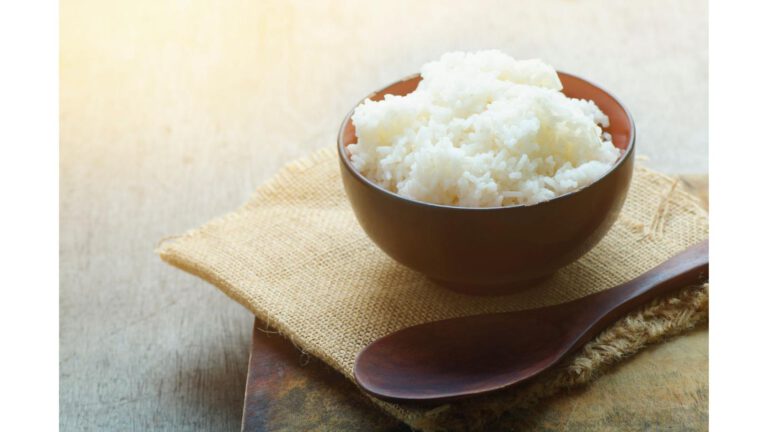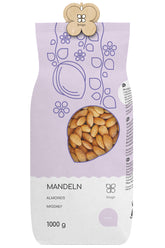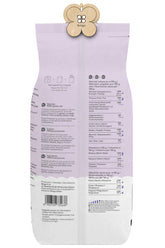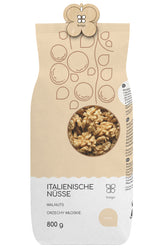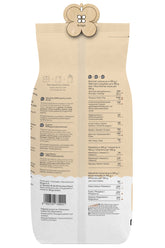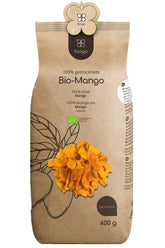Types of rice – what do you eat and which is the healthiest?
Contents
Rice porridge, rice with apple and cinnamon, sweet rice pudding, or rice porridge—these flavors have been familiar to us since childhood. Rice can be fed to infants, it is used in an easily digestible diet, and it is used to prepare dinners and delicious desserts. There are approximately 800 varieties of rice worldwide. They differ in flavor, degree of purification, grain shape and size, nutritional value, and the content of the most important rice ingredient, amylopectin. Amylopectin makes rice stickier when cooked. Let's take a look at the most popular rice varieties.
What is rice?
Rice is actually a type of grain—one of the most widely produced grains in the world. It is consumed daily by billions of people around the world. It is the staple food of people in over a hundred countries. The rice available in our stores, and at the same time, the most popular, is usually Asian rice, such as Basmati or Jasmine rice. We can also find African rice—it is usually dark in color. Rice can be classified based on its length, among other things:
- short-grained – its grains are short and after cooking it becomes sticky, you can use it to make sushi, for example,
- medium grain – the grains of this rice are slightly moist and tender, often they can stick together after cooking,
- Long grain – its grains are narrow and long, and after cooking the rice becomes light and fluffy.
The most popular rice varieties
-
Basmati rice is a long-grain rice, available in brown and white varieties. It has a distinctive, intense aroma and a slightly nutty flavor. When cooked, it becomes light, fluffy, and not very sticky. It is grown primarily in India and Pakistan and is perfect for curries, pilaf, braised meats, and chicken tikka masala. The white variety of this rice has a relatively low glycemic index of around 50 compared to other varieties. Basmati is a source of:
- Proteins,
- Carbohydrates
- Sodium,
- Fiber,
- Vitamin B6,
- Folic acid,
- Niacin,
- Thiamine,
- Selenium,
- Copper,
- Iron,
- Zinc,
- Phosphorus,
- Magnesium,
-
Arborio rice – the name of this medium-grain rice comes from the Italian town where its first crops were cultivated. Its shape is very distinctive, slightly bulbous, and after cooking, it swells and sticks firmly. The grains are very flavorful, firm, and creamy, making Arborio rice perfect for preparing all kinds of risottos, rice pudding, and sushi. This rice has a fairly high glycemic index and contains nutritional values such as:
- Carbohydrates,
- Protein,
- Fiber,
- Vitamin E,
- B vitamins,
- Iron,
- Zinc,
- Magnesium,
- Calcium,
- Sodium,
- Selenium.
-
Jasmine rice – this long-grain rice is grown primarily in Thailand, Vietnam, and Cambodia. It is famous for its characteristic floral and slightly sweet aroma and delicate, sweet flavor. Its consistency is very sticky and soft, making it easy to eat with chopsticks. It is available in white and brown varieties. The slightly sweet flavor of jasmine rice pairs well with fruit and coconut milk. It can be used in oriental dishes, combining spicy and sweet flavors, such as rice with chicken and pineapple, but also with nuts. This rice also tastes delicious fried. It contains:
- Carbohydrates,
- Protein,
- fiber,
- Manganese,
- Folic acid,
- Niacin,
- Vitamin B6,
- Pantothenic acid,
- Selenium,
- Iron,
- Phosphorus,
- Magnesium,
- Zinc,
- Copper.
White rice is the most popular and widely consumed rice in Poland. It comes in all varieties—long-grain, short-grain, and medium-grain. White rice has its hull, bran, and germ removed, which is why it contains fewer valuable nutrients than its brown counterpart. It is recommended for people on a light diet. Brown rice, on the other hand, is considered healthier. Although it usually requires a longer cooking time, it is valued not only for its taste but also for its health benefits. It has a relatively low glycemic index and is a source of manganese, which is involved, among other things, in the synthesis of fatty acids. A very important feature of all rice, however, is that it is naturally gluten-free and can therefore be an important part of the diet of people with gluten intolerance.
THE PUBLISHER'S CHOICE
Almonds 1 kg BIOGO
- £11.00
£13.00- £11.00
- Unit price
- / per
Walnuts 800 g BIOGO
- £8.00
£10.00- £8.00
- Unit price
- / per
Dried organic mango 400 g BIOGO
- £10.00
- £10.00
- Unit price
- / per
Dried White Mulberries 500 g ORGANIC
- £6.00
£7.00- £6.00
- Unit price
- / per
Dried organic figs 800 g BIOGO
- £27.00
- £27.00
- Unit price
- / per
Unpeeled buckwheat groats 1 kg BIOGO
- £3.00
£3.00- £3.00
- Unit price
- / per
Organic coconut flakes 500 g BIOGO
- £9.00
- £9.00
- Unit price
- / per
Organic oat flakes 600 g BIOGO
- £4.00
- £4.00
- Unit price
- / per
Organic cashew nuts 1 kg BIOGO
- £18.00
- £18.00
- Unit price
- / per
Milk thistle seeds 1 kg BIOGO
- £4.00
- £4.00
- Unit price
- / per




















































































































